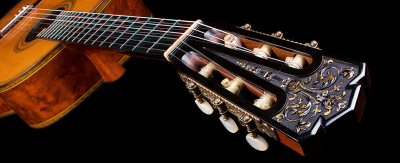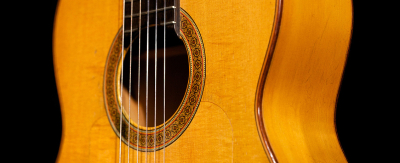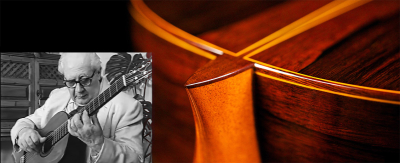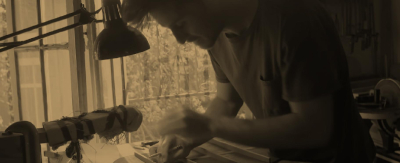What is Compás?
What is Compás?
The concept of compás can be a bit confusing at first, in part because the word has a few slightly different meanings, so I thought I’d break down the various ways in which we use the word and hopefully clear things up a little.
1) Compás = a measure of music. Outside of flamenco the word compás in Spanish simply means a measure of music, in whatever time signature you happen to be playing. In flamenco it also has this meaning, so in Soleá, Soleá por Buleria, Alegrias, Bulerias, Seguirillas, Guajiras etc.. we’re talking about one measure of 12, regardless of where the accents are. Oddly enough, the confusion comes more in the Palos (flamenco forms) that are in 4, since some may think of one measure of four as one compás, where others may think of 2 four-beat measures as one compás, because one 4-beat measure feels incomplete (in Tangos, for example, you would tend to play one measure of 4 on the Bb followed by one measure of A, so that those 2 measures feel like one unit that resolves).
2) Compás = Time. Just as we might say that a classical, jazz, rock or blues player has great time, or that a beginner needs to work on his/her time, we can say that someone has great compás or not. If you’re in compás all of your beats are accounted for and you never have too many or too few beats in any given compás (by which I mean measure- this is where it gets a little circular, but that’s just how it is).
3) Compás = Palo (flamenco form/style). If you say that someone is playing/dancing/singing in the compás of Bulerias (al compás de Buleria) you’re just saying that they’re playing Bulerias.
4) Playing compás vs. playing falsetas. As a flamenco guitarist you’re either playing compás or you’re playing a falseta at any given moment. A falseta is a self-contained melodic idea that can be anywhere from one to dozens of compáses (measures) long – you can think of a falseta as a guitar solo, especially in the context of accompaniment. A flamenco guitar solo piece is made up of various falsetas ‘glued’ together by playing compás. Playing compás in this sense means something like ‘keeping time’, but by no means should you discount this aspect of playing. A player who can play great compás but few falsetas is generally valued more highly than a player with a lot of falsetas, but whose compás isn’t so strong or varied (of course, we should all aspire to doing both brilliantly). The really great players can play compás for hours without ever being less interesting than when playing falsetas.
It gets a little vague when playing compás becomes more melodic and sophisticated, and at the end of the day the distinction isn’t so very important. The more you play and listen, and the more material you learn, the more this distinction will be an easy one to recognize.
5) Soniquete – I thought I’d throw this word in, because it sort of implies the distinction between being technically in compás (which a computer could do, of course) and what you might call swing or groove. So of course you can be in compás but not have soniquete, but you can’t have soniquete if you’re not in compás. There’s a letra (lyric) that says ‘si no tienes soniquete, pa que te metes’, which is roughly equivalent to ‘it don’t mean a thing if it ain’t got that swing’.
The bottom line, of course, is that as a flamenco guitarist you need to have good compás whether you’re a soloist or accompanist. Easier said than done, perhaps, but that’s what it’s all about.
© Kai Narezo, All Rights Reserved
5 comments







